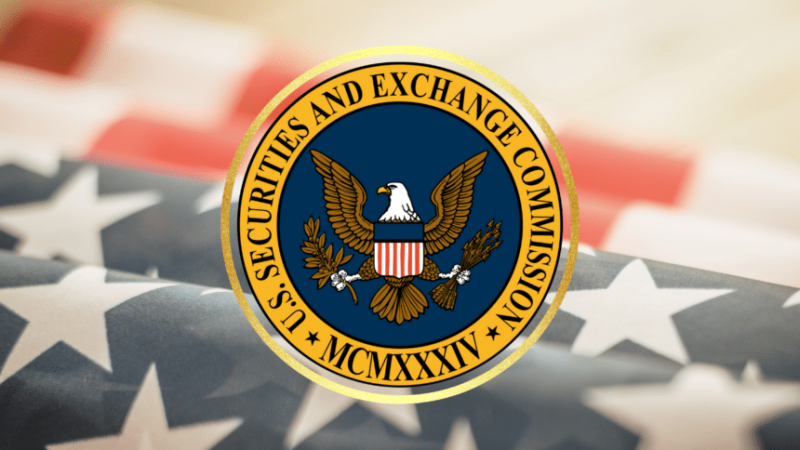Stocks Stumble as Fed Speeds Up Stimulus Phase Out
Dec 21, 2021

"The true measure of intellect is the capacity to hold two diametrically opposed thoughts in mind at the same time and still operate," F. Scott Fitzgerald stated. According to that standard, the collective intelligence that drives the stock and bond markets is entirely amazing.
According to one idea, stocks sank this week on fears that major central banks might raise interest rates to rein in inflation. Simultaneously, bond rates have been declining, despite the same concerns about rate hikes and despite the greatest inflation data in over four decades.
What is unsurprising is that the major Western central banks convened and turned, in varying degrees, away from the extraordinarily accommodating policies they had maintained since March 2020, through the worst of the financial and economic consequences of the Covid-19 pandemic's outbreak.
As predicted, the Federal Reserve said that it would accelerate the winding down of its securities purchases, paving the path for higher interest rates as early as March. Meanwhile, the Bank of England stunned investors by raising interest rates, despite the deterioration of the Omicron variety in the United Kingdom. Additionally, the European Central Bank stated that it will gradually reduce its bond purchases next year, with a rate hike conceivable as late as 2023.
After first responding with relative calm to the Fed's decision, equities fell significantly on Thursday and proceeded to fall through the rest of the week. As explained here a week ago, the S&P 500 index was dominated by the five most prominent technology companies, and when these mega-caps eventually succumbed, the main indexes succumbed as well.
Their once impermeable condition disguised a number of other decreases. According to J.P. Morgan strategist Marko Kolanovic, on average, US equities are down 28% from their highs this year, while the wider market (as measured by the Russell 3000) is up approximately 22%: "Such a gap is unusual in the recent four weeks, indicating a historically exceptional overshoot in selling smaller, more volatile, often value and cyclical stocks."
Stocks may continue to be under pressure as the year ends, owing to institutional portfolio rebalancing, according to Maxwell Grinacoff, BNP Paribas' equity derivatives strategist. Given the S&P's outperformance compared to bonds, he forecasts that between $1 trillion and $1.4 trillion will be moved from stocks to fixed income this quarter, with around half occurring this month.
Perhaps this helps to explain part of the continued demand for long-term bonds, despite the potential of raising the federal fund's target from its present range of 0%-0.25% levels. According to the CME's FedWatch website, the futures market now offers even-money chances on a March liftoff. Additionally, the markets have completely priced in three quarter-point raises by the end of 2022, which aligns with the Fed's revised expectations following last week's policy meeting.
What's perplexing is the market's apparent belief that inflation will decline as the Fed forecasts, with the personal consumption expenditure deflator rising to 2.6 percent in 2022 from a projected 5.3 percent in 2021 and 2.1 percent in 2024. According to the market for Treasury inflation-protected securities, predicted inflation over the next five years (as measured by the consumer price index) has decreased to 2.70 percent from 3.17 percent a month ago.
Thus, inflation is projected to be contained as the Fed continues to pursue a relatively easy policy, as seen by the real fed-funds rate being below zero in a virtually full-employment economy. That requires a very exceptional intelligence (the collective intelligence).




